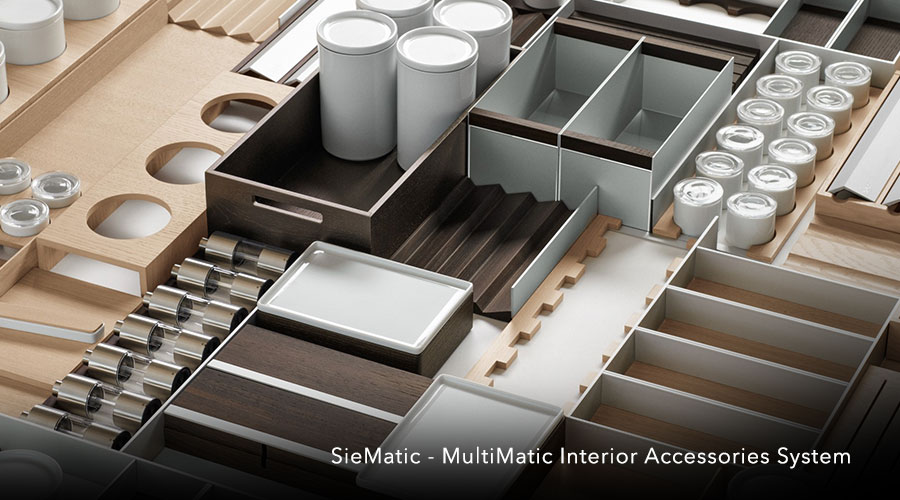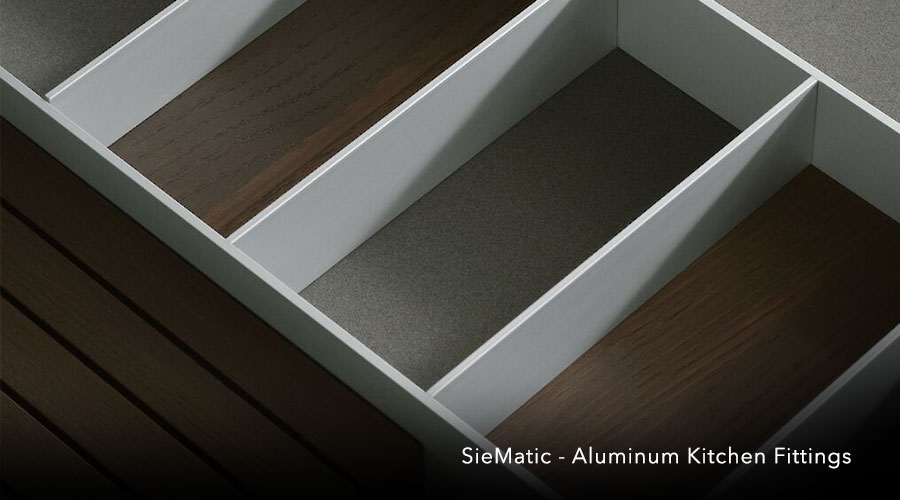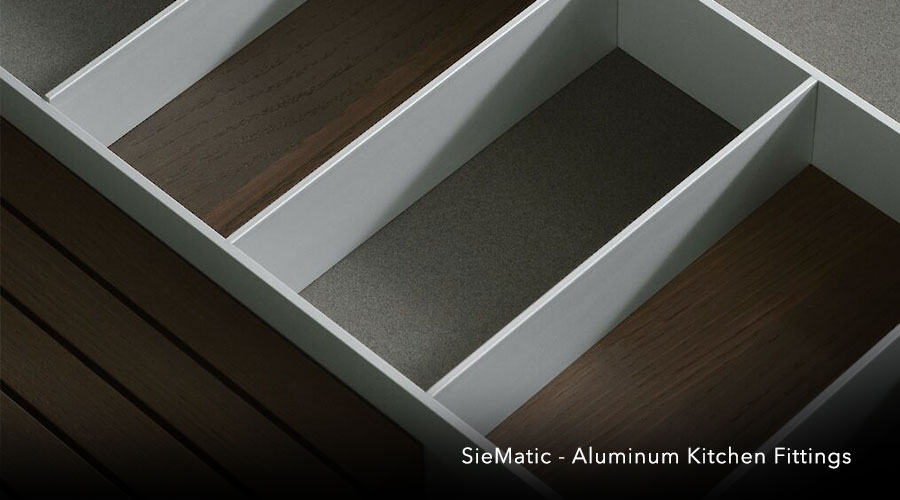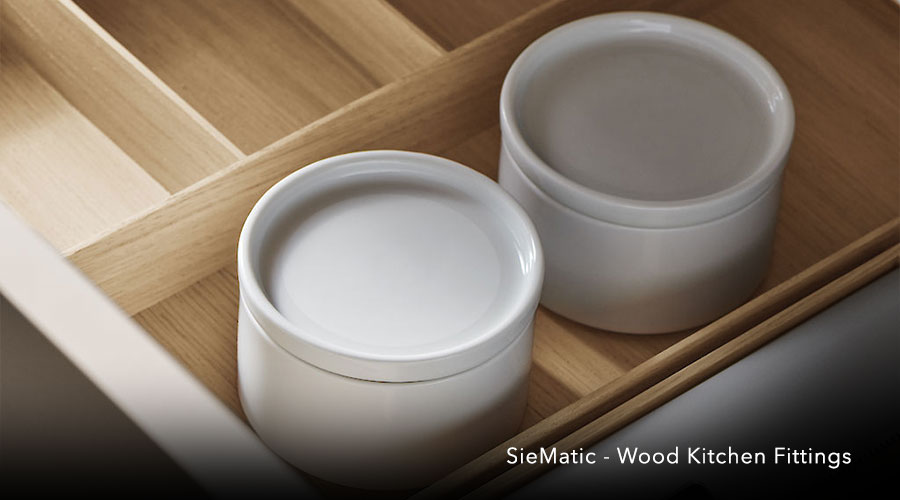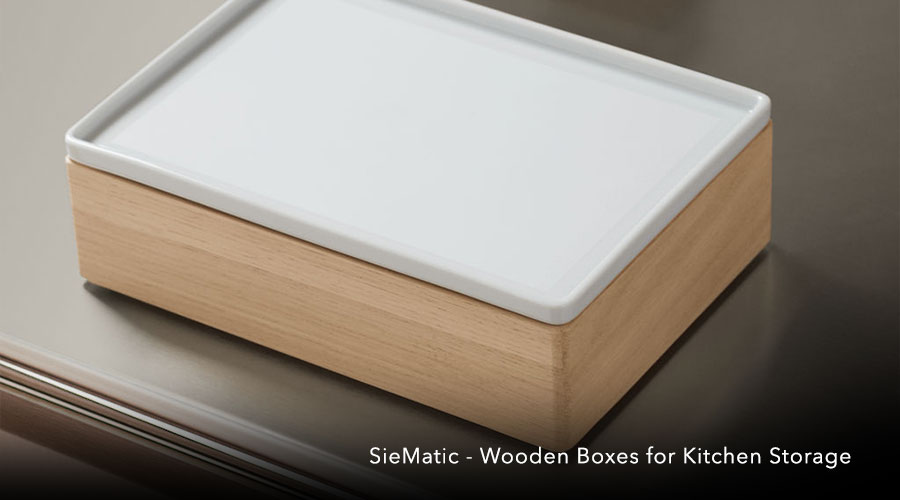
A cluttered kitchen can be overwhelming and it can hinder your ability to prepare meals and enjoy the space efficiently.
If you struggle to find utensils, sift through piles of cookware, or deal with overcrowded countertops, it's time to declutter your kitchen and restore order to this essential part of your home.
This blog post will explore effective strategies and practical tips to help declutter your kitchen and create a more organised and functional space. From assessing the current state of your kitchen to streamlining storage solutions and maintaining a clutter-free environment, we'll cover all the necessary steps to transform your kitchen renovation into a stress-free zone.
So, if you're ready to reclaim your kitchen and create a space that promotes efficiency and peace of mind, let's start this decluttering journey together!
Why Decluttering Your Kitchen is Important
Decluttering your kitchen goes beyond tidying up; it brings numerous benefits to your daily life. Here are some key reasons why a kitchen renovation is essential:
Increased Efficiency: A cluttered kitchen can slow you down and make it challenging to find the items you need. By decluttering, you create a streamlined environment where everything has its place, allowing you to work more efficiently and save time during meal preparation.
Improved Safety: Cluttered countertops and overcrowded cabinets can pose safety hazards in the kitchen. Items not correctly stored or in disarray can easily fall and cause accidents. Decluttering reduces the risk of accidents and promotes a safer cooking environment.
Enhanced Hygiene: Clutter can make it challenging to clean your kitchen thoroughly. Food crumbs, spills, and dirt can accumulate in hidden corners and among cluttered items, making it harder to maintain proper hygiene. Conversely, a well-maintained kitchen is easier to clean and helps ensure a healthier cooking environment.
Stress Reduction: Clutter can create a sense of chaos in the kitchen. It can make you feel mentally and emotionally cluttered as well. Clearing the physical clutter in your kitchen can positively impact your mental well-being — reducing stress and promoting a calmer atmosphere.
Increased Storage Space: Decluttering allows you to reclaim valuable storage space in your kitchen. By eliminating unnecessary items and organising what you have, you can optimise your cabinets, drawers, and pantry, maximising their capacity and making it easier to keep things tidy.
Encourages Healthy Eating Habits: A clutter-free kitchen promotes healthier eating habits by creating an environment that inspires cooking nutritious meals. In addition, a clean and organised space makes you more likely to prepare meals at home, leading to better food choices and healthier living.
Aesthetically Pleasing: Let's not forget the visual impact of a clutter-free kitchen. An organised and tidy space is visually appealing and can make your kitchen more inviting for family and friends to gather.
By understanding the importance and benefits of decluttering your kitchen, you'll be motivated to create a beautiful, clutter-free, and functional kitchen that enhances your daily life.
Identify Clutter Hotspots
Before you begin your kitchen renovation, you must identify the clutter hotspots in your kitchen. These are specific areas where clutter tends to accumulate more frequently. Identifying these hotspots will help you prioritise your decluttering efforts and focus on the areas that need the most attention.
Here are some typical clutter hotspots in the kitchen:
Countertops
Countertops often become a magnet for clutter. Small appliances, mail, keys, and random objects accumulate here, taking up valuable workspace. Identify any unnecessary items cluttering your countertops and make a note to address them during the decluttering process.
Cabinets and Drawers
Cabinets and drawers can quickly become cluttered and disorganised, making it challenging to find what you need. Instead, look inside each cabinet and drawer and identify items that are rarely used, expired, or no longer needed.
Pantry
The pantry is another area prone to clutter. Expired food, duplicate items, and disorganised shelves can make it difficult to find ingredients and keep track of what you have. Assess the state of your pantry and note any items that need to be discarded or organised.
Fridge and Freezer
Over time, the fridge and freezer can become filled with expired or forgotten food items. Check for expired condiments, old leftovers, and freezer-burned items. Make a mental or written note of what must be cleared out during decluttering.
Sink and Dish Rack
The sink area can accumulate clutter in the form of dirty dishes, utensils, and dishwashing supplies. Ensure you keep these areas clean and organised.
Understand Your Kitchen's Functionality
Every kitchen is unique, and understanding how your kitchen functions is crucial for effective decluttering. Take some time to assess your kitchen's layout, workflow, and cooking habits. Consider the following points:
- Cooking Style: Do you cook elaborate meals or prefer quick, simple recipes? Understanding your cooking style will help you determine the essential items to keep in your kitchen and prioritise their accessibility.
- Work Zones: Identify the different work zones in your kitchen, such as the food prep area, cooking area, and cleaning area.
- Traffic Flow: Observe the traffic flow in your kitchen. Are there any areas that tend to get congested or hinder movement?
- Storage Needs: Evaluate your storage needs based on the size of your kitchen and the amount of cookware, utensils, and pantry items you have. Consider whether you need additional storage solutions, such as shelving, hooks, or organisers, to maximise your kitchen's storage capacity.
You'll have a clearer picture of where to focus your decluttering efforts and how to organise your kitchen to suit your needs. In addition, this knowledge will guide you throughout the decluttering process and ensure that your kitchen becomes a well-organised and functional space.
Creating a Decluttering Plan
Embarking on a kitchen decluttering journey can feel overwhelming without a clear plan. Creating a decluttering plan provides structure and direction and helps you stay focused and motivated. You can confidently tackle decluttering your kitchen by setting clear goals and a realistic timeline.
Setting Clear Goals
Setting clear goals is an essential first step in creating a decluttering plan for your kitchen. Consider what you want to achieve through the decluttering process. Your goals may include the following:
- Removing all unnecessary and unused items from your kitchen.
- Creating a more organised and efficient space.
- Maximising storage capacity.
- Streamlining your cooking and meal preparation process.
- Creating a visually appealing kitchen.
Setting clear goals gives you a sense of direction and purpose as you work through decluttering.
Establishing a Realistic Timeline
Decluttering your kitchen can be a time-consuming task, so it's essential to establish a realistic timeline. Consider the size of your kitchen, the amount of clutter, and your availability to dedicate time to decluttering.
Break down the decluttering tasks into smaller, manageable steps. You can tackle one area or category at a time, such as clearing out one cabinet or sorting through your utensils. Assign specific timeframes for each task or category to help you stay on track.
Be realistic about your timeline, taking into account other commitments and responsibilities. For example, decluttering your kitchen doesn't have to be completed in a single day or weekend. Instead, spread the tasks over several days or weeks, allocating dedicated decluttering sessions.
Remember, the goal is progress, not perfection. Celebrate the small victories along the way, and be patient with yourself. The important thing is to work towards your goals and make gradual improvements consistently.
Setting clear goals and establishing a realistic timeline will give you a roadmap to guide your decluttering efforts. It will keep you motivated and focused and help you achieve a clutter-free and organised kitchen within a manageable timeframe.
Sorting and Categorizing Items
Declutter your space and make it easier to find what you need when you need it.
Decluttering Method: Keep, Donate, Toss
One of the fundamental steps in decluttering your kitchen is sorting through your items and determining what to keep, donate, or toss. This method allows you to make intentional decisions about the items in your kitchen, ensuring that you only hold onto necessary things and bring value to your space. You can apply the "Keep, Donate, Toss" method:
- Keep: Start by evaluating each item in your kitchen and ask yourself if it serves a purpose and brings you joy. Then, keep items you use regularly in good condition.
- Donate: Identify items in good condition but are no longer helpful to you. These could be duplicate utensils, appliances you no longer use, or kitchenware that doesn't fit your needs. Consider donating these items to local charities, community centres, or friends and family who may benefit from them.
- Toss: Discard broken, expired, or damaged items beyond repair. It includes expired food, chipped dishes, broken appliances, and worn-out utensils. Be mindful of proper disposal methods, such as recycling or appropriate waste management systems.
Applying the "Keep, Donate, Toss" method, you can declutter your kitchen and ensure that only the essentials and items that bring value remain in your space.
Organising Items by Categories
Once you have sorted through your kitchen items, it's time to organise them into categories. Categorising similar items together makes locating and maintaining an organised space easier.
And when it comes to categorising your storage, the Siematic Multimatic Interior Accessories System is the perfect companion. It is a highly functional and versatile storage solution for kitchen units. It combines flexible drawers, innovative MultiMatic solutions, and carefully chosen accessories to create an efficient and organised interior space.
Here are some common categories to consider:
a) Utensils: Gather all your cooking utensils, such as spatulas, spoons, and whisks, and place them in one designated drawer or container. Consider using drawer dividers or utensil organisers to keep them neatly separated.
The Siematic Aluminum Kitchen Fittings can be a fantastic ally in a well-structured kitchen space. They can provide a designated spot to store your cooking utensils, keeping them easily accessible and neatly arranged. Choose from styles and sizes to fit your needs and aesthetic preferences.
b) Cookware: Arrange your pots, pans, and baking sheets in a cabinet or drawer. Stack them according to size or use rack dividers to prevent them from becoming disorganised.
c) Dishware and Glassware: Group your plates, bowls, glasses, and mugs together. Stack them according to size and use shelf dividers or plate stands to maximise space and prevent them from toppling over.
Siematic Wood Kitchen Fittings provide an elegant and practical solution for storing dishware and glassware in your kitchen. With their natural beauty and versatility, these fittings offer a range of options to keep your precious tableware easily accessible.
Siematic offers custom wood cabinet inserts explicitly designed for dishware and glassware storage. These inserts feature dividers and slots that securely hold plates, bowls, cups, and glasses in place, preventing them from shifting or breaking.
d) Pantry Items: Organise your items into categories such as grains, canned goods, spices, and snacks. Use clear containers, labelled jars, or bins to store loose items and maintain a tidy pantry.
Siematic Wooden Boxes are versatile storage options with a stackable design, making them ideal for categorising and arranging items in the pantry. With their minimal structure, Siematic Wooden Boxes add a touch of elegance to your pantry while ensuring that your supplies are neatly stored.
e) Small Appliances: Place small appliances, such as blenders, toasters, and mixers, in a designated area or cabinet. Keep frequently used appliances within easy reach. For appliances that are used less frequently, store in a more accessible but less prominent space.
Siematic Open Shelves offer a practical and stylish storage solution for the kitchen. They provide easy accessibility, space optimisation, and a versatile platform for showcasing items. With customisable options and integration with other storage systems, Siematic open shelves add functionality and elegance to any kitchen design, perfect for storing small appliances.
Remember to assign specific zones or areas in your kitchen for each category, making finding and returning items to their designated places easier. Labelling containers or shelves can also create a more organised and functional kitchen.
Organising Cabinets and Drawers
Keeping cabinets and drawers organised is crucial for a functional and efficient cooking experience.
Categorise and Group: Categorise similar items together. Group pots and pans in one cabinet, dishes and glassware in another, and utensils in designated drawers. This grouping makes it easier to find what you need and keeps everything organised.
Use Drawer Dividers: Drawer dividers are invaluable for organising utensils, cutlery, and small kitchen tools. They help separate items, preventing them from getting tangled or jumbled together. Use dividers to create sections within drawers and keep items neatly organised.
Shelf dividers and organisers make the most of your cabinets, shelves, and pantry, allowing you to maximise every inch of available space.
A kitchen renovation is like a magical spell transforming chaos into culinary bliss. By getting rid of unnecessary items and organising your space with finesse, you can create a kitchen that's not only functional but also aesthetically pleasing. Say goodbye to chaos and hello to a streamlined cooking and dining experience.
Contact W. Atelier to embrace the power of an organised kitchen with our kitchen storage solutions. Visit our website today.


